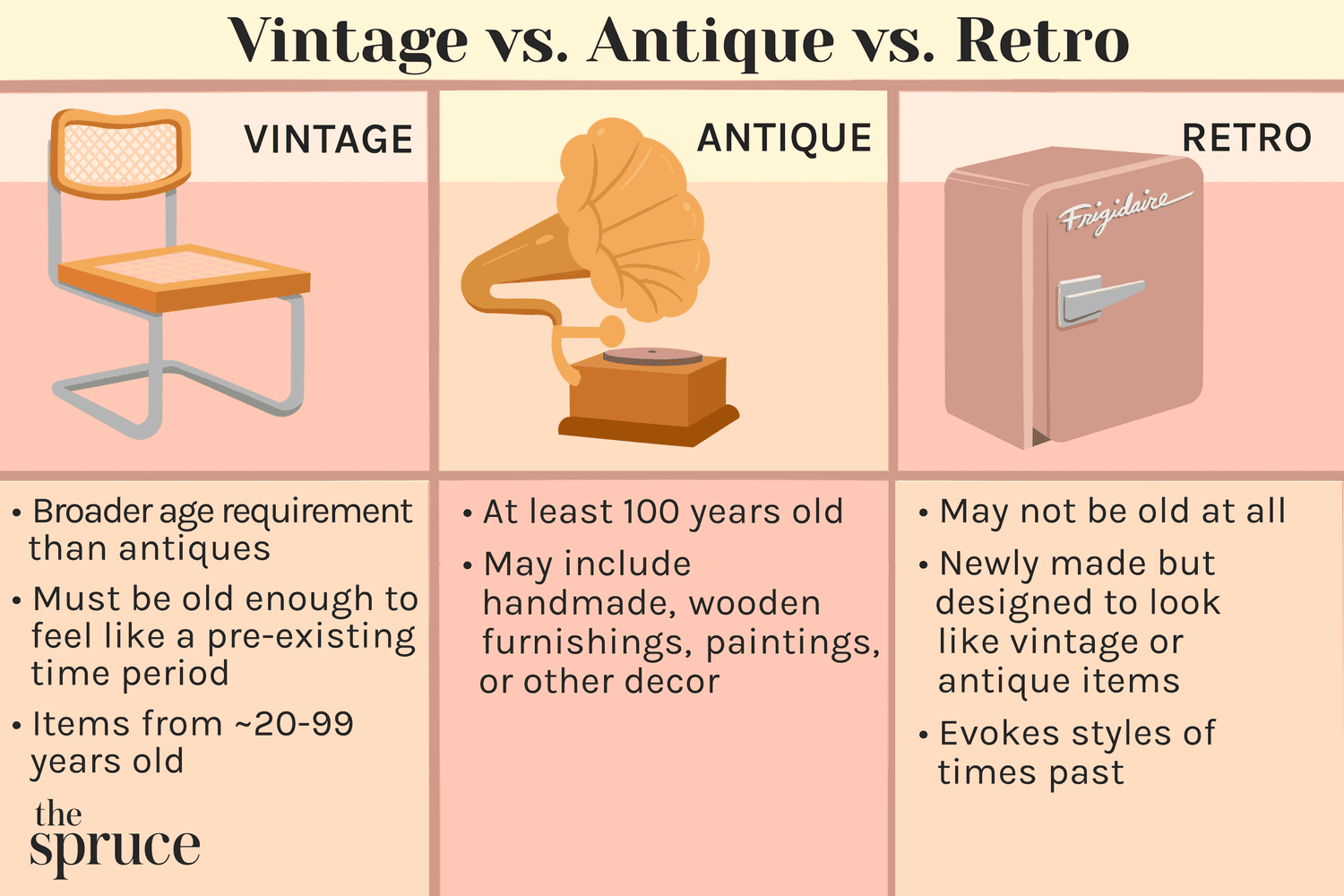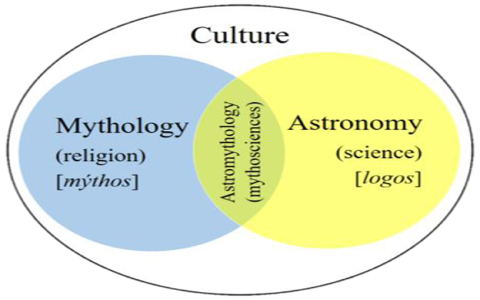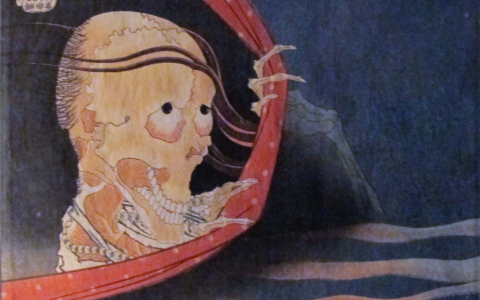So today I realized I kept messing up these words – retro, vintage, antique, antiquity. They all kinda sound old, right? But people toss them around like they mean totally different things. Got me curious enough to dig in properly.
Starting Point: Utter Confusion
It all kicked off yesterday. Was hunting for an old lamp at this dusty thrift shop downtown. Clerk called one piece “retro chic,” another “true vintage,” and pointed to a beat-up chair mumbled something like “practically antique.” My head was spinning. Grabbed my coffee this morning and decided, “Nope. Need clarity.”
Getting Real
First thing? Went straight to my usual dictionary sites. Dug into definitions. Fine print stuff. Then, stumbled down the rabbit hole reading weird old collector forums and random museum blogs focused on “dating objects.” Sounds fancy, huh? Took notes like crazy – my scribbles looked like a spider danced on the page.
Here’s the messy bits I found trying to untangle them:

- Antiquity: This one’s the granddaddy. Talking ancient history. Like, Roman empire kinda old. Think crumbling statues in museums under glass. It’s not about your grandma’s stuff. It’s about civilizations gone.
- Antique: This is where your grandma does come in. Rule of thumb? Usually means stuff hitting the 100-year mark. That chair from 1920? Getting close. A rocking horse from 1870? Definitely antique. Value often jumps here.
- Vintage: Got tripped up here. Turns out “vintage” just means “from a specific time period,” usually a recognizable era, but not necessarily ancient. Think 1920s flapper dress or a 1950s jukebox. Key thing? It’s gotta be original from that time. Not a new copy. Often, it’s stuff between 20 to 99 years old, the gap before it officially becomes “antique.”
- Retro: This was the kicker. Retro stuff isn’t actually old! It’s new junk made to look old. Like that “1950s style” diner table you bought new last year. Or a T-shirt with a fake faded band logo from the 70s. It’s imitation. Style inspired by the past, built yesterday.
Testing My Theory
Wanted to see if this actually worked. Went back to the thrift shop armed with my newfound knowledge. Scanned the shelves:
- A chipped Grecian urn replica (mass-produced)? Nope, not antiquity. Barely antique. Probably retro pretending to be old.
- A real Singer sewing machine from the 1890s? Ding ding! Antique.
- Leather jacket with an “Aerosmith ’78” tour patch (and looked genuinely worn)? Classic vintage 70s rock merch.
- Those new plastic “old-school” phones ringing? Pure retro.
Felt a little smug. Clerk raised an eyebrow. Success!
How To Keep Them Straight
Came up with a stupid simple trick using stuff I see every day. Picture a supermarket shelf:
- Antiquity: Like finding super rare, thousand-year-old olive oil. Basically extinct on shelves.
- Antique: Expired bottle of fine wine from 1910 sitting forgotten at the back. Old and valuable.
- Vintage: A dusty can of beans with a retro label design… but it expired in 1985! Original old product.
- Retro: Brand-new can of beans with a cool “throwback” 1950s-style label printed yesterday.
Still rough around the edges? Maybe. But hey, that lamp hunt turned into one useful lesson. Finally untangled that knot!









